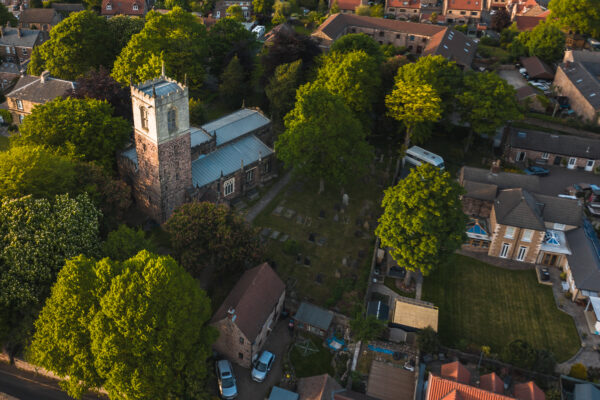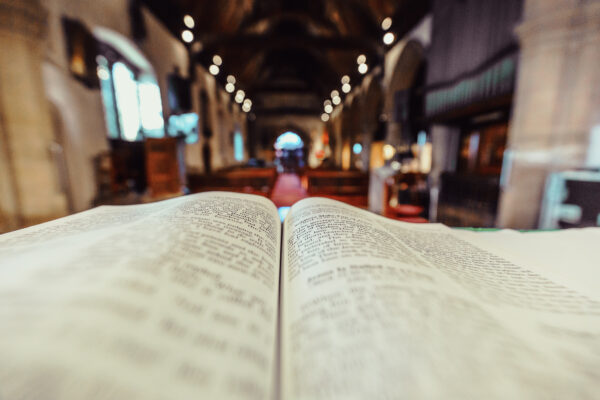Sunday 7th April
Year B The Second Sunday of Easter: White
Readings:
- Psalm 133: 1-3
- [Exodus 14: 10-31, 15: 20-21]
- Acts 4: 32-35
- 1 John 1: 1-2: 2
- John 20: 19-31
(Acts 4: 32-35 should be used as either the first or second reading.)
Peace be with you
The disciples were gathered in a locked room. They were disappointed, distraught and above all fearful. Whatever they were expecting, it certainly wasn’t for Jesus to mysteriously enter and stand before them. I wonder what their first reactions were when he did? They were certainly acting as though they were expecting to be in serious trouble from the authorities. Perhaps they might have thought Jesus would be angry too; for letting him down and running away.
They had just witnessed extreme brutality and casual dismissal of human dignity and life at very close hand. They would certainly have been traumatised, suffering from shock and denial, and acutely aware of the rule of violence seeping into and corrupting their own relationships.
But Jesus wasn’t angry.
Nor was Jesus triumphant or victorious for that matter. Indeed, he did not reflect the powers, hierarchy, anger or visceral combat in the world around him at all. He simply lived, and loved, and said ‘Peace be with you’.
Twice!
Now, ‘Peace be with you’ might be taken in this instance to mean, be calm. It may have been Jesus telling his disciples not to worry. In that way it might be seen as a kind of encouragement to serenity, giving Christians peace of heart in all of life’s ups and downs. It might also suggest taking a stance of thought-through compassion in a warring world.
But behind Jesus’ words is the old Hebrew word, shalom. This is not about one or another particular perspective of peace. Rather it includes and goes beyond them all. It refers to rich and fruitful human living, universal well-being, wholeness, flourishing, delight, tranquillity, prosperity and security. It is bigger and deeper than we can imagine – just like God’s love for us.
Shalom was the sort of peace that led to the new church selling and sharing all of their possessions so that no one was in need. Turning their back on the idea that God had blessed the rich and the poor deserved their lot. Recognising that everyone is precious and equal, not just before God, but before us in this world too. This was a remarkable all-embracing response to the risen Jesus and it is telling that the lectionary places the two readings together.
Sadly, we seem to be rather a long way from Shalom at the moment. Indeed, it is a deeply contentious notion in a world where social injustice continues to be reinforced by the powerful using state-legitimised violence. And we continue to struggle to embrace it as church.
Perhaps most challenging of all, notwithstanding our continued prophetic witness to salvation, justice and peace, shalom doesn’t appear to be something we can ‘do’ necessarily, rather it is something we are invited to ‘be’ and ‘become’.
Nevertheless, ‘Peace be with you’ is what we say to one another in our Eucharist. And it is what is made possible and commanded by the risen Jesus.
I am reminded of this poem by Ann Lewin, once more drawing on lessons from creation.
Peace Trees
To be in the presence of trees
Is to know peace.
The silent rhythm of their life.
Bringing maturity in due time,
Without anxiety or haste,
Calms our impatience;
Their solid strength, derived from
Hidden roots spreading much further
Than we ever know, gives them serenity;
Grace, beauty, shapeliness and form,
Delight our senses, soothe our
Fragile nerves and bring refreshment.
Let us in turn be trees,
Growing in God’s time to maturity,
Spreading our roots deep into springs of life,
Opening branches wide to all who come
Offering strength and healing through our
Peace.
So what?
What would shalom look and feel like for you? What would shalom look and feel like in your congregation and community?
Peace be with you.



